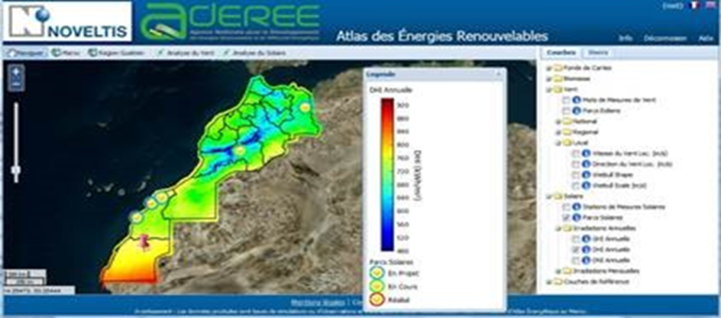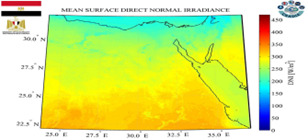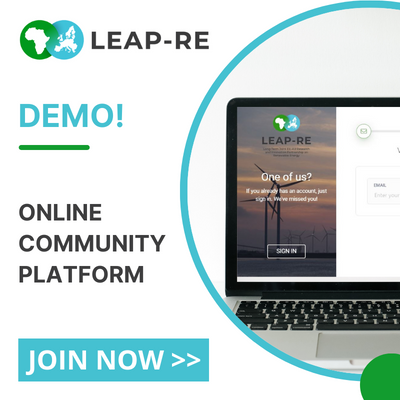Energy modelling is key to designing and operating efficient energy systems. To enable a broader access to energy and develop renewable energy as a reliable power source, energy modelling is critical to inform energy policies.
As part of the LEAP-RE project portfolio, the overall goal of OASES is to develop and demonstrate a sustainable AU-EU energy system-modeling ecosystem. Based on open-source software and freely available data, the project is developing an Energy system modeling chain to benefit both the EU and AU scientists and energy system planners to perform and optimize national and regional scenarios of their own.
Analysing the potential for renewable energy development
OASES partners are working towards improved ways of detecting current renewable energy sources. Kassel University in collaboration with CSIR have succeeded to develop freely accessible tools to detect installed wind energy and photovoltaic systems in EU and AU countries using satellite imagery, digital orthophotos, and machine learning approaches. The generated data and other project’s data and tools are used to demonstrate six energy case studies in EU and AU.
Very high-resolution aerial imagery will make it possible to detect renewable energy systems for wind turbines at one site location as shown in the picture.
The results of this earth observation-based detection system will open ground for for resource assessment as well as to support the spatial distribution of new wind and PV installations and the generation of various time series.


Identifying the right data to develop energy models and forecasts
Time-series dataset generation is critical in developing energy models and forecasts. The approach, methods, and techniques adopted in generating the necessary data sets source have been explored well by CSIR in cooperation with VTT, based on a wide variety of materials:
- The Prediction of Worldwide Energy Resources (POWER) data set developed by NASA
- The Global Solar Atlas (GSA)
- Global Wind Atlas (GWA) Platform developed by the Technical University of Denmark’s Department of Wind Energy and the World Bank Group (Global Wind Atlas, n.d.).
- Time series methods in energy system modeling (time slice, representative years)
- Dynamical down scaling method for the time series generation RE sets.
- Statistical down scaling (weather classification, weather generation, regression)
- Other methods such as: regression model, Delta method, Canonical correlation analysis (CCA),
- Genetic programming (GP), Cumulative distribution functions (CDFs), etc.
- Readymade SW packages such as: The Global Forecast System (GFS), European Centre for Medium-Range Weather Forecasts (ECMWF), IBM Global High-Resolution Atmospheric Forecasting (GRAF)
- ClimaCell’s Bespoke Atmospheric Model (CBAM)
- Weather Research and Forecasting (WRF)
- Regional model (Korean Integrated Model (KIM), Indian Institute of Tropical Meteorology Earth System Model, National Centre for Medium Range Weather Forecasting


Figure 2 and 3: Few methods and techniques explored by OASES for time series generation sets (RE modeling)
Research Progress in Energy System Modeling for Different Spatial Scales
There is no one size fits all. To model African energy systems at local, national, regional and continental scales, OASES is using the IRENA FlexTool modelling software. VTT in cooperation with CSIR, HU, CDER, Uni Kassel, develops new modeling workflows for different special scales of renewable energy ecosystems, using the new generated data sets sources developed by partners.
Recent work has focused on making improvements on the IRENA FlexTool framework and training OASES partners to use it. This enables the work on different spatial scales to now start with two local case studies: one an isolated regional network in central Algeria, and another a solar water pump installation in a village in Egypt.
Further improvement of the IRENA FlexTool are foreseen to support and comply with the local conditions of the Ecosystems modeling in African and European countries, as the work will later expand to national models of Egypt and South Africa, a regional model of northern Africa and a simplified continental model of entire Africa.



